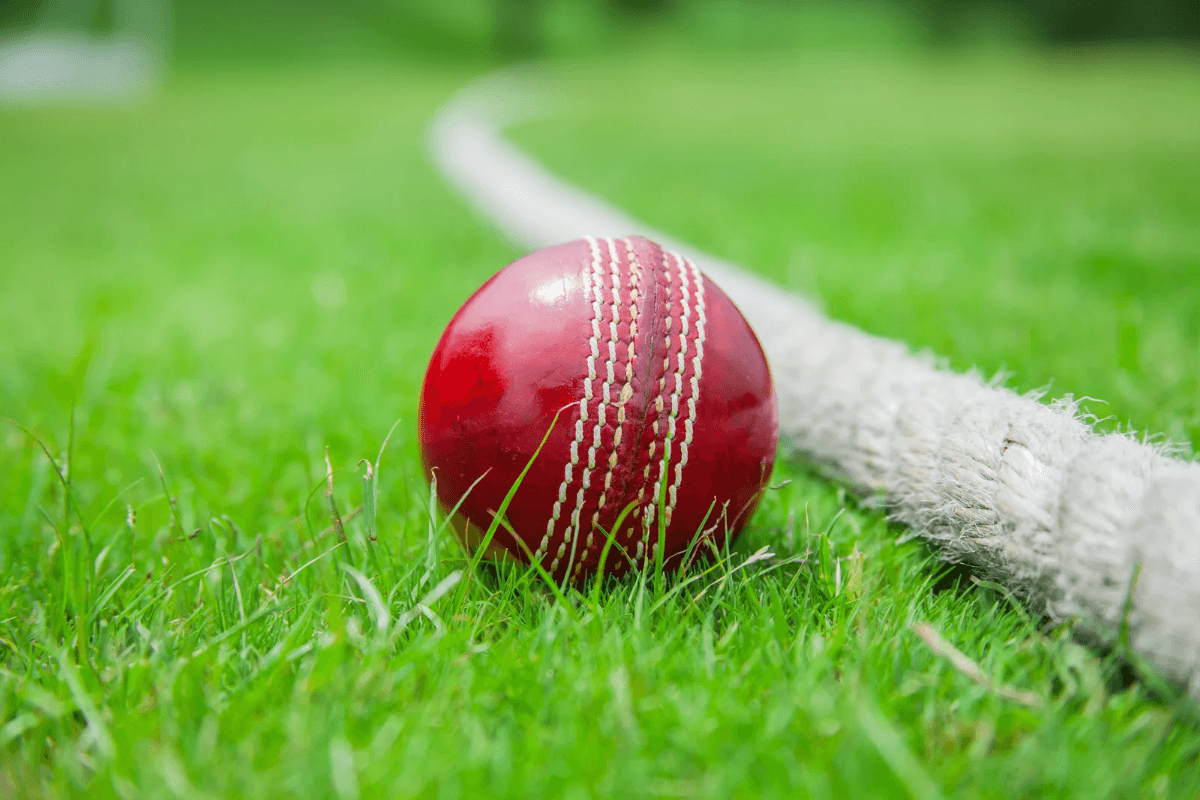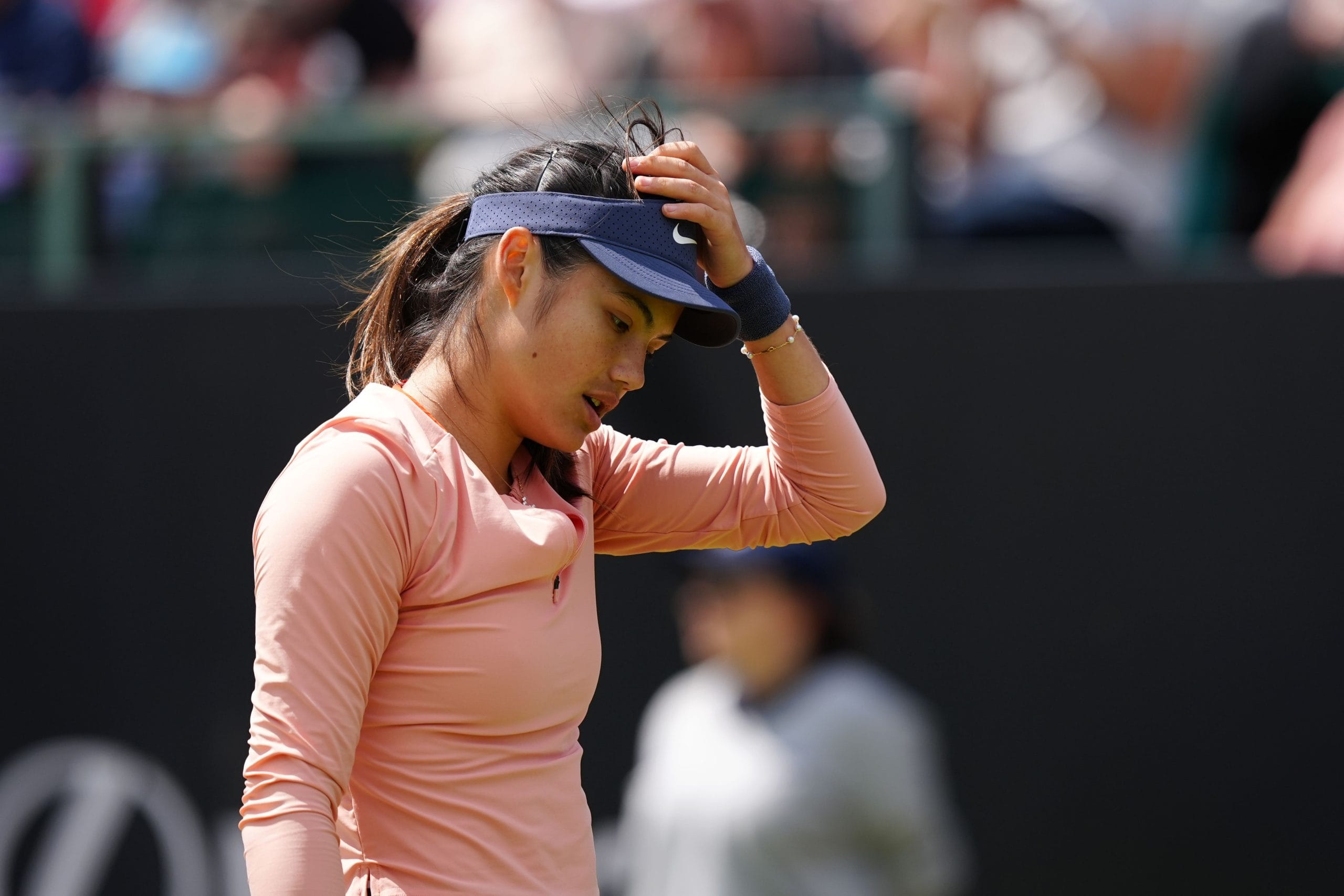Dutee Chand, the Indian Sprint Queen, took over the headlines in July as she put up her BMW for sale on social media – to cover her training expenses amid a lack of sponsors. An athlete who won many laurels in 2019 — the first Indian athlete to win a gold medal at the 30th Summer University Games, Italy, was now strapped for money as COVID-19 had shaken the world. A crisis that swept away almost every sportsperson out there, but more so the ignored sportswomen of the industry.
Sportswomen all around the world envisioned a hopeful future as they conquered many unprecedented feats in 2019. Whether it was the announcement of the 2024 Summer Olympics, set to achieve full gender equality in athlete participation for the first time ever; or Becky Hammon becoming the first woman head coach in a National Basketball Association game. But the pandemic barged in and ensued misfortune upon any progress that was to be made.
As various clubs, teams, and organisations spanning across the sports sector saw plummeting revenues, men’s sports were prioritised over women’s sports because they attracted more profits—owing to the clout around them in terms of audience, media coverage, and sponsorships.
As various clubs, teams, and organisations spanning across the sports sector saw plummeting revenues, men’s sports were prioritised over women’s sports because they attracted more profits—owing to the clout around them in terms of audience, media coverage, and sponsorships. As of 2020, women athletes received a mere 1% of sponsorship dollars from global brands, and only 5% of the sports media coverage was about women’s sports.
Chris Kemp, commissioner of the National Fastpitch Softball League, encapsulated the morbid gender gap in the sports sector, “Both men’s and women’s sports were navigating high seas during the crisis, but men’s sports were yachts and women’s sports were canoes.”
Women’s sports have perpetually been underfunded, underrepresented, and undervalued. Salary cuts, short-term written contracts, termination of contracts, and clubs shutting down are the recorded and lived experiences of women players. The pandemic has only exposed and amplified the arenas’ dilapidated condition — varying between different countries and sports.
When the sports sector partially resumed functions, men’s games were often prioritised over women’s games for rescheduling. In the UK, as men’s sports experienced a good flow, women’s cycling events, soccer and rugby seasons were canceled.
For many sportswomen, a lack of official contracts put them in jeopardy. Let’s take Columbia for instance, where women were training without contracts barring players from three clubs. These women had to survive the pandemic devoid of any social security or unemployment benefits. They undoubtedly witnessed more financial losses than their male counterparts. Even sports giants like FIFA have only 18% of female footballers as professional players; the rest of them have short-term contracts and almost 50% of them play without any contract (FIFPRO’s 2017 Global Employment Report). In a global emergency such as this pandemic, they are ineligible for any cash transfers along with looming job insecurity.
While the men’s cricket team continues to thrive, BCCI has shown clear laxity when it comes to women’s cricket. All of their international tours have been canceled and the ‘Women’s IPL’ played in November was tokenism at its best. Many of them saw their livelihoods threatened by the pandemic.
How has the Situation been Closer to Home?
The stark gender inequality in Indian sports is palpable now more than ever. Every facet of India’s women’s cricket team was slashed. While the men’s cricket team continues to thrive, BCCI has shown clear laxity when it comes to women’s cricket. All of their international tours have been canceled and the ‘Women’s IPL’ played in November was tokenism at its best. Many of them saw their livelihoods threatened by the pandemic. Yet, their contracts have not been renewed by the board—this means no coach, no manager, and no physiotherapist!
Even women footballers suffered as the FIFA under-17 world cup was postponed. Players from Jharkhand grappled to get substantial meals without any social security to fall back on until aid was given. However, the All India Football Federation has now been making concerted efforts to get them back on their feet for the World Cup. It is, however, not all gloomy: sports like hockey, badminton, boxing, wrestling, and shooting have reportedly been able to indiscriminately sustain operations for their female and male players.
Also read: How Does Mainstream Media Represent Sportswomen?
But the situation has always been grim for Indian sportswomen as many of them hail from impoverished backgrounds. India’s Golden Girl, Ashwini Kunj says, “Every day in a female athlete’s life is a hurdle race of sorts, especially if she hails from a village.” The minuscule funding that they receive forces them to find other work alongside to make ends meet. Many of them eventually drop out of the sport because structural barriers make it hard to give in a 100%.
Our worries do not end here. The curbing of women’s sports also has some more debilitating social outcomes. Research on physical activities in England revealed that an already stark gender gap has burgeoned in the lockdown. With women role models in sports ceasing to exist, young females will not be inspired to see sports as a prospective career for themselves.
An absence of physical activities, social isolation, and a financial crunch has also affected the mental health of many female players. Concomitantly, increased levels of stress, anxiety, and depression harm their physical well-being.
For many, sports are more than just a career, a passion, or a game. Sports are the purveyor of social change—it is their safe space. Girls and women confined to the compact spaces of their house may be subjected to domestic, physical, and sexual violence. In fact, sport development programs across developing countries have provided a stable environment for girls and women to flourish. In India, these programmes have especially been inimical to institutions such as child marriage.
Also read: Meet 10 Indian Sportswomen Who Kept Their Spirits High Through 2020
Therefore, the conundrum of inequity in sports inextricably extends to hindering women’s rights and empowerment. Administrations, organisations, and government efforts need to be convened to get women’s sports on the roadmap of progress. A dual pandemic—the disease of patriarchy and the virus—has already infected the lives of numerous sportswomen. We need to act fast, before the canoe sinks to the bottom.
References
- The Quint
- Inside the Games.
- Scroll.in
- Reuters
- Human Kinetics Journals
- NikkeiAsia
- UN Women
- Your Story
- Child Fund
Featured Image Source: Republic World
About the author(s)
Priyanka is a feminist and an aspiring journalist. Her respect for the significance that words carry in shaping our beliefs stems from her passion for our social, political, environmental, and economic ecosystem.




